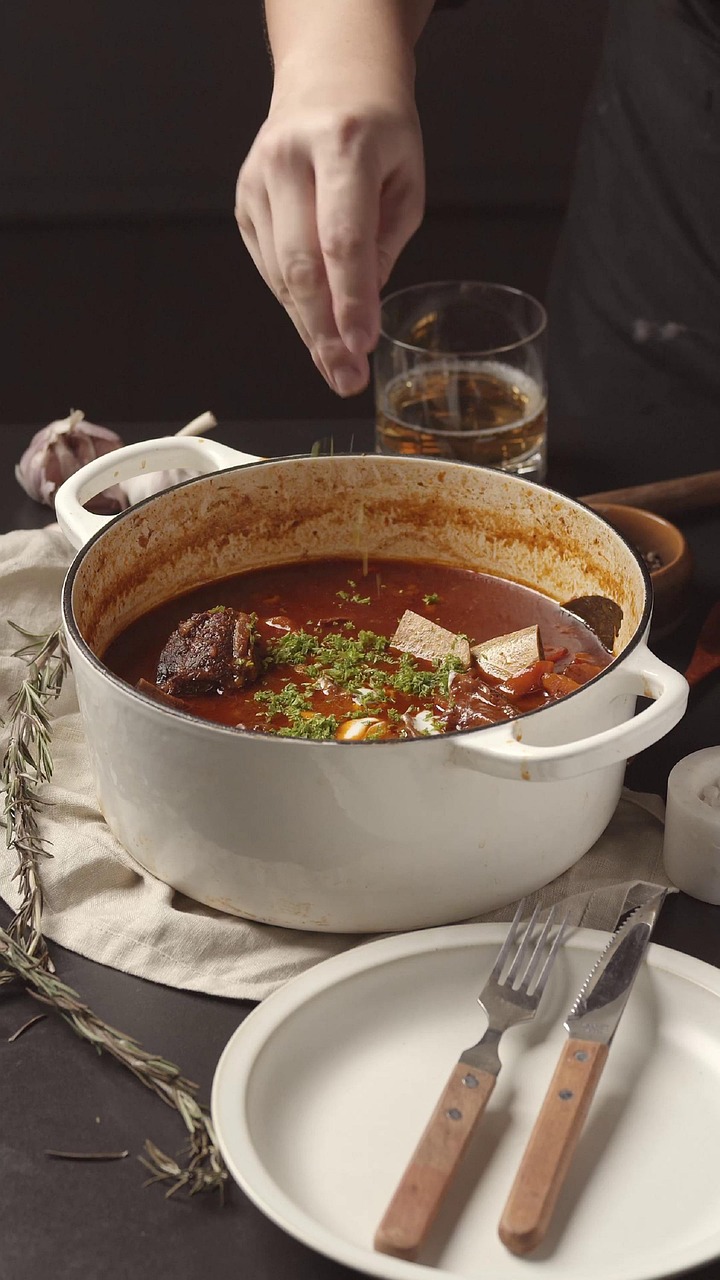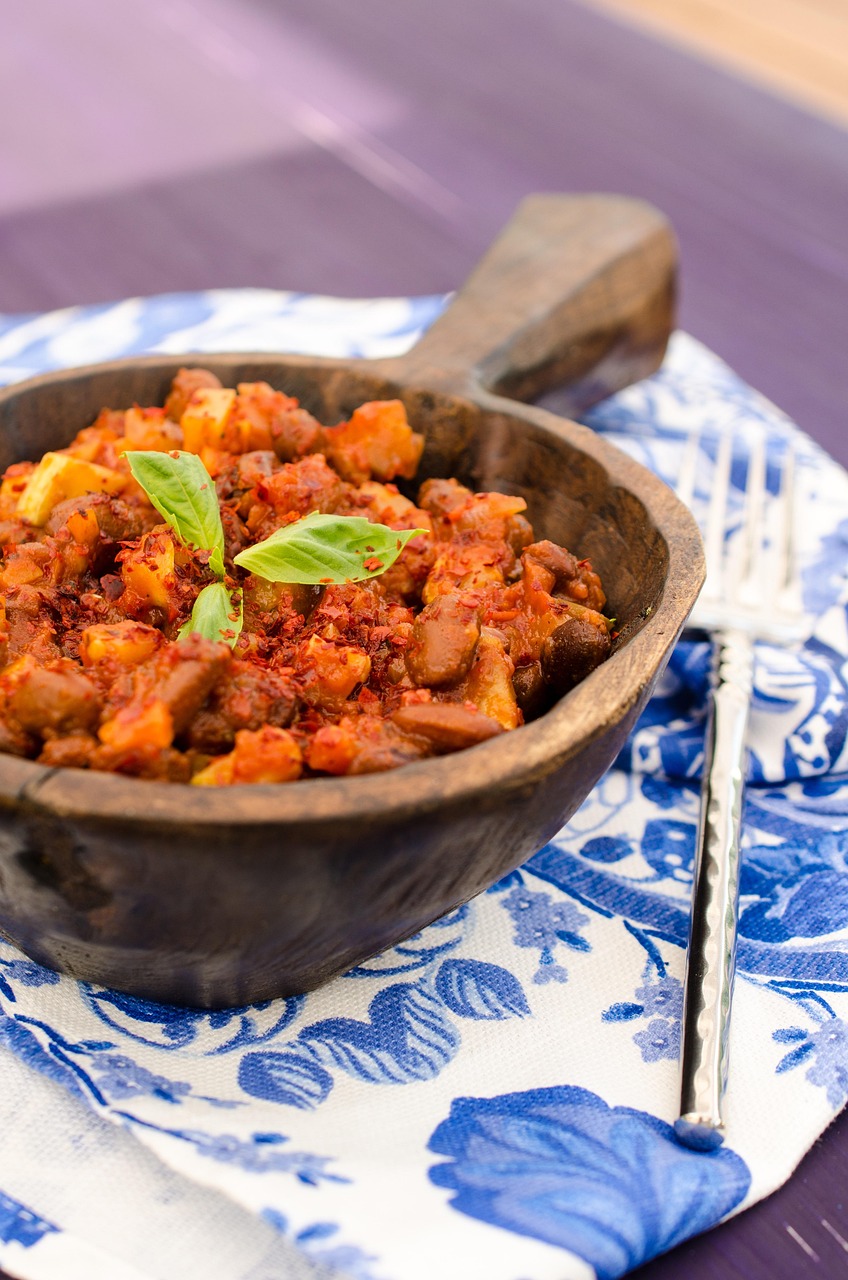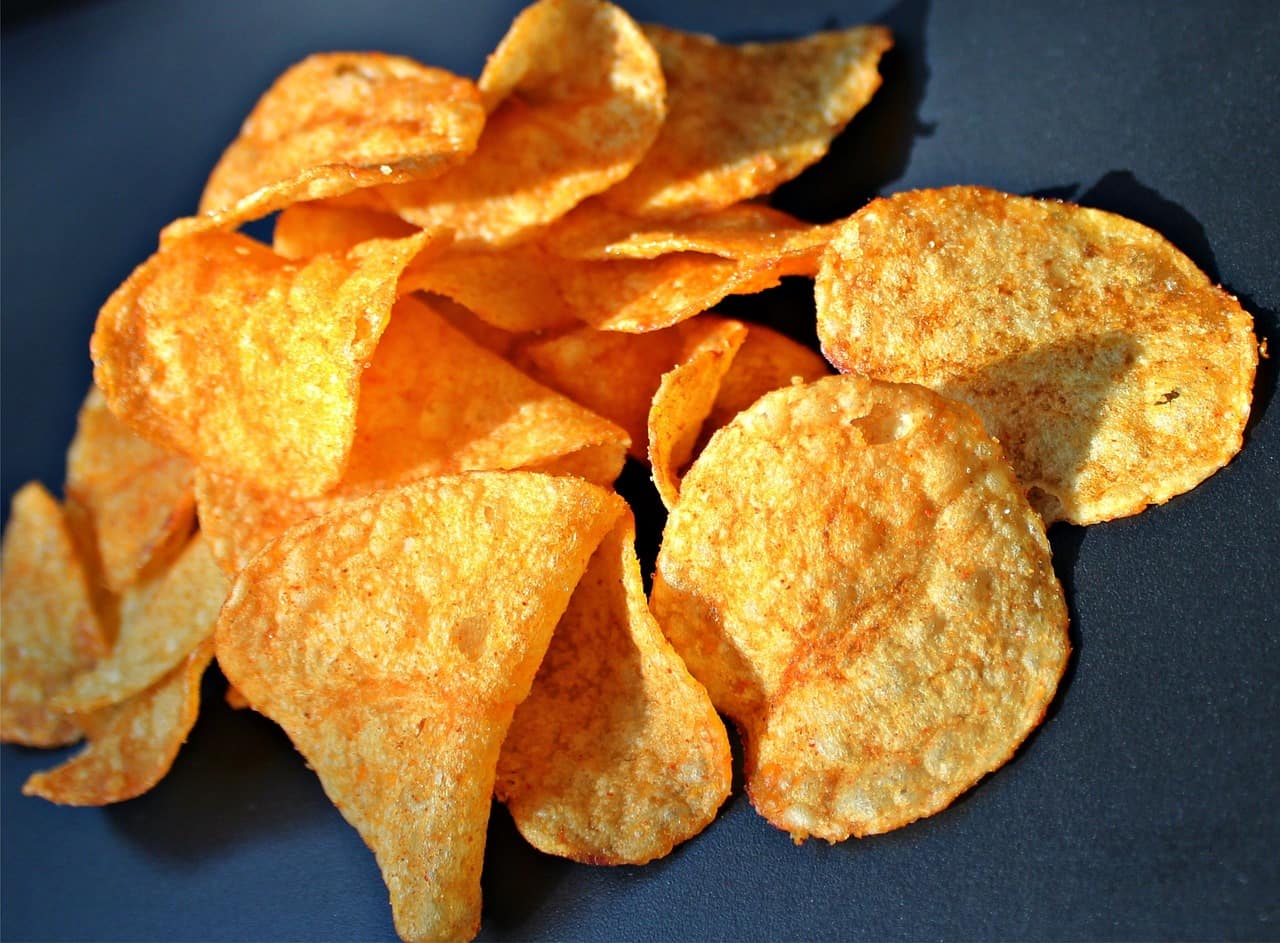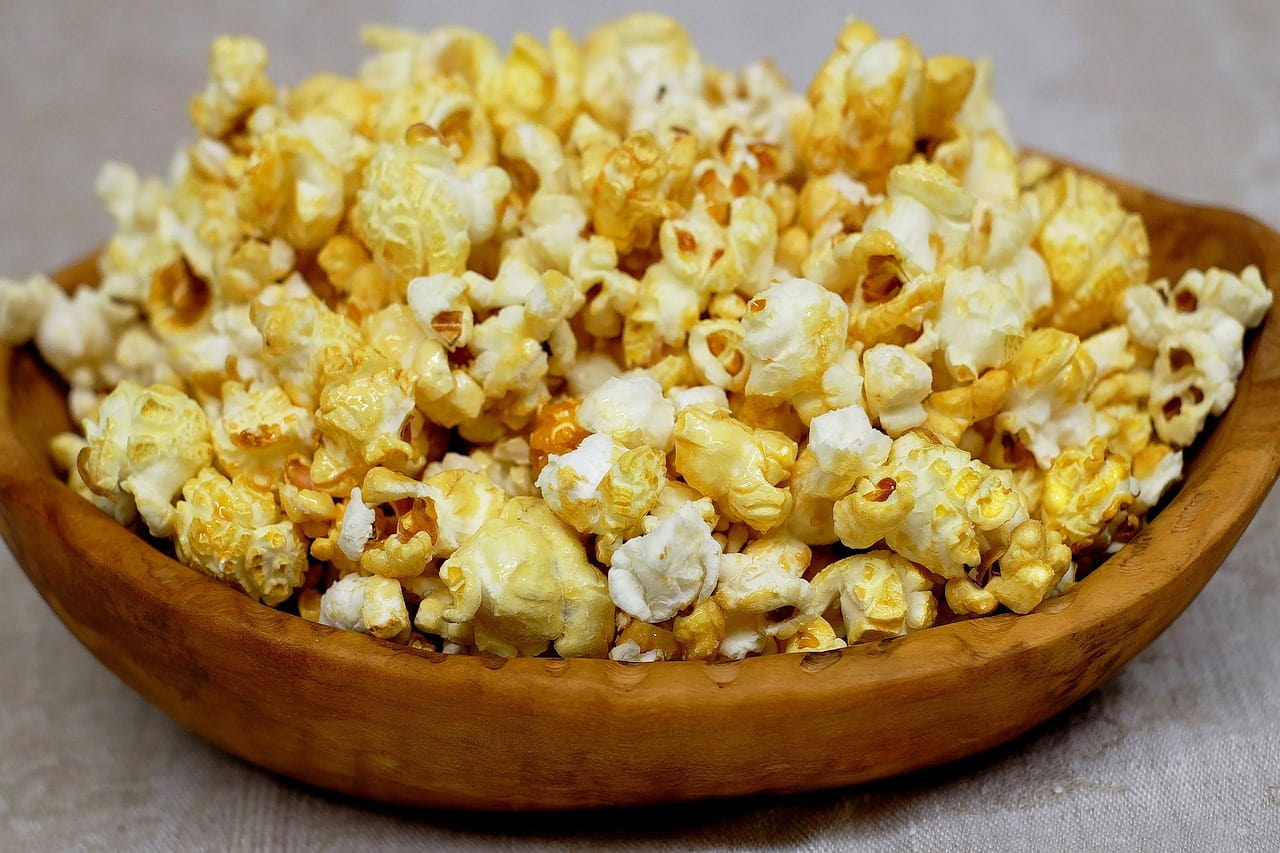Made from pork, beef, chicken, or other meats, sausage is a seasoned ground meat product that is frequently wrapped in a natural or artificial casing.

Ratings 05

What Is The Sausage
Made from pork, beef, chicken, or other meats, sausage is a seasoned ground meat product that is frequently wrapped in a natural or artificial casing. It is used in many international cuisines and can be dried, smoked, cured, or fresh. Breadcrumbs, herbs, spices, and other flavorings can also be added to sausages.
01. Key Features
- Ingredients: Meat, fat, salt, spices (like pepper, garlic, paprika, fennel), and sometimes fillers like breadcrumbs or rice.
- Form: Usually cylindrical and encased, though some are sold as patties or loose (uncased).
- Cooking methods: Grilled, pan-fried, boiled, baked, or smoked.
- Types: Can be raw (requiring full cooking), pre-cooked, cured, dried, or smoked.
02. Common Types Of Sausage
- Breakfast Sausage (USA): Seasoned with sage and often pan-fried.
- Garlic and fennel are being used to flavor Italian sausage, which can be sweet or flavourful.
- Bratwurst is generally boiled or grilled chicken meat or pork in Europe.
- Chorizo (Spain/Mexico): Heavily seasoned, can be fresh or cured.
- Cumberland (UK): Coarsely ground with pepper and herbs.
- Sri Lankan Sausages: Typically spiced, sometimes used in rice or curry dishes.
Health Benefits Of Sausage
While sausages are often considered indulgent, they can offer some health benefits—especially when consumed in moderation and made from quality ingredients.
01. Good Source Of Protein
- Benefit: Sausages, especially those made from lean meats like chicken or turkey, are rich in protein, which is essential for muscle repair, growth, and maintaining a healthy immune system.
- Tip: Look for sausages with at least 10–15g of protein per serving.
02. Rich In B Vitamins
- Benefit: Sausages contain B vitamins such as B12, B6, and niacin, which help with energy metabolism, red blood cell production, and nervous system function.
03. Provides Iron And Zinc
- Profit: The immune response, wound healing, and blood oxygen transport, everyone rely on these minerals.
- Note: Red meat sausages (like beef or pork) are particularly rich in heme iron.
04. Source Of Healthy Fats (In Moderation)
- Benefit: Sausages made from grass-fed or organic meats may contain healthy fats like omega-3s and monounsaturated fats.
- Caution: Commercial sausages can also contain high saturated fat—moderation is key.
05. Convenient And Versatile
- Benefit: Easy to cook and pair with vegetables, legumes, or whole grains to make a balanced meal.
- Caution: Health Considerations
06. While Sausages Have Benefits, Some Types May Contain:
- High sodium – can affect blood pressure
- Saturated fats – may increase cholesterol if overconsumed
- Preservatives and nitrates – linked to potential health risks when consumed in excess
- Low-quality fillers – in cheaper, processed varieties
07. Tips For A Healthier Sausage Option
- Choose lean or poultry-based sausages
- Look for low-sodium and nitrate-free labels
- Opt for grilled or baked over fried
- Combine with vegetables or whole grains for a balanced plate
Other Names That Can Be Used For A Sausage
Sausages are known by different names around the world, often based on regional styles, ingredients, or preparation methods. Here are some common and alternative names:
01. Regional Or Cultural Names
- Bratwurst – German-style sausage, often grilled
- Chorizo – Spanish or Mexican spicy sausage
- Banger – British term for sausage, especially in “bangers and mash”
- Andouille – Spicy Cajun sausage (USA), also French-style in Europe
- Kielbasa – Polish sausage, often smoked and garlic-flavored
- Weisswurst – Bavarian white sausage, often boiled
- Merguez – North African spicy lamb or beef sausage
- Luganega – Italian coiled sausage
- Boerewors – South African sausage, traditionally grilled
02. Descriptive Or Cooking Style Names
- Breakfast sausage – Typically served at breakfast, mild seasoning
- Hot links – Spicy, smoked sausages, popular in Southern U.S. barbecue
- Saveloy – British sausage often served in fish and chip shops
- Frankfurter or Wiener – Thin, precooked sausage often used in hot dogs
- Bockwurst is also a form of European chorizo created from beef and pork which pork generally cooked.
03. Related Or Similar Products
- Hot dog – A cooked, cased sausage usually served in a bun
- Salami – Cured, fermented sausage (Italian origin)
- Pepperoni – American-style spicy salami used in pizza
- Bologna (or Polony) – Smooth-textured, cooked sausage
- Blood sausage (Black pudding) – Made with animal blood and fillers
- Vienna sausage – Small, canned sausages, often precooked
Tips For Making Sausage
Whether you’re preparing homemade sausage from scratch or cooking store-bought links, the following tips will help you get the best flavor, texture, and juiciness.
01. Choose The Right Meat Ratio
- Ideal ratio: Use 70–80% lean meat and 20–30% fat.
- Why: Fat keeps the sausage juicy and flavorful. Pork shoulder is a common choice because it naturally has a good fat content.
02. Season Generously
- Use a balance of salt, herbs, and spices.
- Add ingredients like:
- Garlic, black pepper, fennel seeds (for Italian style)
- Paprika, chili flakes (for spicy sausage)
- Sage, thyme (for breakfast sausage)
03. Keep Ingredients Cold
- Always chill your meat, fat, and equipment (grinder, bowl, etc.) before grinding and stuffing.
- Cold temperatures prevent fat from melting and help with clean grinding.
04. Mix Properly
- Mix the ground meat until it becomes slightly sticky and cohesive—this helps sausages bind well.
- Don’t overmix, or it will become rubbery.
05. Don’t Overstuff The Casings
- Soak natural casings in warm water to make them pliable.
- Stuff gently—avoid bursting or overly tight sausages.
06. Cook Gently
- This same way to cook sausages equitably and preserve one‘s juicy mouthfeel is to use low to medium-high heat.
- Avoid high heat at first—this can split the casing and dry out the sausage.
07. Test A Sample First
- Fry a small patty of the sausage mixture before stuffing to check seasoning and salt.
08. Let Sausages Rest
- After cooking, let them rest for 2–3 minutes before cutting. This keeps juices inside.
09. Practice Good Hygiene
- Keep hands, surfaces, and tools clean to avoid contamination, especially with raw meat.
10. Use Quality Ingredients
- Use fresh meat, good-quality spices, and real casings for the best texture and flavor.
FAQ Sausage
Here are some frequently asked questions about sausages, covering preparation, storage, health, and varieties:
01. Are Sausages Already Cooked?
This same answer would be that it depends. Hot dogs and smoked sausages are instances of fully cooked sausages, so although bratwurst and Italian sausage are raw sausages that meet these needs cooking. Always ask your butcher or take a glance at the packaging.
02. How Then Can I Determine If The Sausage Is Completed?
Answer: The internal temperature should reach:
- 70°C (160°F) for pork or beef sausages
- 75°C (165°F) for poultry sausages. Make sure the juices run clear as well as comprise no pink, or use a meat thermometer.
03. Can I Freeze Sausage?
Answer: Yes. Both raw and cooked sausages can be frozen for up to 2–3 months. Wrap tightly in freezer-safe packaging and label with the date.
04. What Are Sausage Casings Made Of?
Answer: Natural casings are made from animal intestines (usually pork or lamb). Synthetic options include collagen, cellulose, or plastic—often used in commercial production.
05. Are Sausages Healthy?
Answer: Sausages can be a good source of protein and B vitamins, but some types are high in fat, sodium, and preservatives. Choosing lean, low-sodium, and nitrate-free options or making your own is healthier.
06. What’s The Difference Between Fresh And Cured Sausage?
Answer:
- Fresh sausage: Raw meat, must be cooked (e.g., breakfast sausage).
- Cured sausage: Preserved with salt/nitrates, often smoked or dried (e.g., salami, pepperoni).
07. Can I Boil Sausages Instead Of Frying?
Answer: Yes. Boiling is a healthier method and can help cook sausages gently before finishing in a pan or grill for crispiness.
08. Are There Vegetarian Or Vegan Sausages?
Answer: Absolutely. Plant-based sausages are made from ingredients like soy, tofu, pea protein, seitan, lentils, or vegetables, and are widely available in supermarkets.
09. How Long Do Sausages Last In The Fridge?
Answer:
- Raw sausages: 1–2 days
- Cooked sausages: 3–4 days Maintain them in a resealable container or an airtight container.
10. Can I Reheat Cooked Sausage?
Answer: Yes. Reheat gently in a pan, oven, or microwave until hot throughout. Avoid overheating to prevent dryness.

Sausage
Ingredients
- 1 kg (2.2 lbs) ground pork (or beef, chicken, or a mix)
- 2 teaspoons salt
- 1 teaspoon black pepper
- 1 tablespoon paprika (optional for color and flavor)
- 1 teaspoon garlic powder
- 1 teaspoon onion powder
- 1 teaspoon dried thyme or oregano
- ½ teaspoon red chili flakes (optional, for spice)
- 2 tablespoons cold water
- Natural or synthetic sausage casings (optional, if stuffing)
Instructions
Prepare The Meat
- In a large bowl, combine ground meat with all seasonings and cold water.
- Mix thoroughly with your hands or a stand mixer until the mixture becomes sticky and well-blended.
Test The Flavor (Optional)
- Fry a small portion of the mixture in a pan and taste it. Adjust seasonings if needed.
Stuff The Sausages (If Using Casings)
- Rinse sausage casings under cold water.
- Load the casing onto a sausage stuffer or attachment.
- Fill the casing slowly with the sausage mix, avoiding air pockets.
- Twist into links and tie off the ends.
Cook The Sausages
- You can pan-fry, grill, bake, or boil them.
- Ensure the internal temperature reaches 160°F (71°C) for pork/beef or 165°F (74°C) for poultry.
Serve And Enjoy
- Serve with mustard, sauerkraut, buns, or your favorite side dishes.
-
Beef Gourmet Paprika
Discover how to make Beef Gourmet Paprika — a flavorful beef recipe with paprika, garlic, and creamy sauce. Easy, hearty, and perfect for family dinners. What Is Beef Gourmet Paprika? Influenced by Central European and Mediterranean cuisines, Beef Gourmet Paprika is a flavorful and aromatic beef dish with a rich, smoky, and slightly sweet paprika-infused…
-
Texas Chili
Authentic Texas Chili recipe — traditional bean-free chili made with tender beef, chili powder, and bold Southwestern spices. Perfect comfort food for dinner or game day. Ratings 05 What Is Texas Chili? Texas Chili, also known as “Texas Red”, is a bold, meaty chili that originated in the state of Texas, USA.Traditional Texas chili, in…
-
Macaron
French macaron recipe with almond flour, meringue shells, and creamy filling — easy baking guide for perfect homemade macarons. Ratings 05 A Macaron: What Is It? Made with almond flour, egg whites, it and sugar, macarons seem to be delicate French croissants with a soft, chewy, smooth, crisp outer. Typically filled with fruit jam, ganache,…
-
Potato Chips
Homemade potato chips recipe — easy, crispy, and delicious! Learn how to fry or bake the best chips at home. Ratings 05 What Are Potato Chips? Thin potato slices that were baked, deep-fried, or air-fried until golden and crispy are recognized as potato chips. They are one of the most commonly consumed snacks world and…
-
Popcorn
Easy homemade Popcorn Snack recipe — learn how to make buttery, cheesy, or sweet popcorn in minutes. A healthy, gluten-free snack for all ages! Ratings 05 Popcorn Snack: What Is It? Dried corn kernels are warmed until they open into fluffy pieces to create this light and crunchy snack. One other well the best and…






Leave a Comment